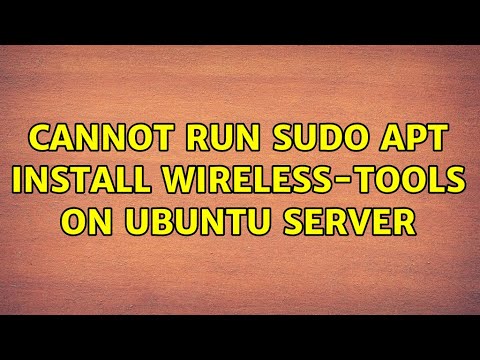

#RUN LUNCH AS SUDO USER INSTALL#
user tom can install software tom ALL (root) /usr/bin/apt. Node-RED uses flows_.json as the default flows file. It’s the same point in the file where we found the name of the group we needed to add Mary to. If the Projects feature is enabled, this identifies which project should be started. (If you havent used sudo in a while youll be prompted for your password first.) You can run. If the Projects feature is not enabled, this sets the flow file you want to work with. Typing sudo myProcess at a command prompt runs myProcess as root. When you deploy your changes, the flows are then started. This allows you to open the flows in the editor and make changes without the flows running. Starts Node-RED without starting the flows. Sets the TCP port the runtime listens on. Node-RED can be started using the command node-red. This by providing the flow file name as argument to the node-red command. Node-RED uses flows_.json as the default flows file.
#RUN LUNCH AS SUDO USER FULL#
Give users full access or let them use a small subset of commands. Launch an interactive console to directly interact with the underlying Ruby on Rails application: sudo openproject run console if user the docker. sudo also lets you control who can access root's capabilities, with granularity. The name of the flows file it is using. The sudo command lets you run commands on Linux as though you were someone else, such as root.

#RUN LUNCH AS SUDO USER CODE#
Then you can evaluate the variable to execute the code in the file in your current shell. Tried suggestion of using a shell script to run sudo gdb Set that shell script as the "miDebuggerPath", but was still met with the same result as above.30 Jun 23:43:39 - Node-RED version: v1.3.5ģ0 Jun 23:43:39 - Node.js version: v14.7.2ģ0 Jun 23:43:39 - Darwin 19.6.0 圆4 LEģ0 Jun 23:43:39 - Loading palette nodesģ0 Jun 23:43:44 - rpi-gpio : Raspberry Pi specific node set inactiveģ0 Jun 23:43:44 - Settings file : /Users/nol/.node-red/settings.jsģ0 Jun 23:43:44 - HTTP Static : /Users/nol/node-red/webģ0 Jun 23:43:44 - Context store : 'default' ģ0 Jun 23:43:44 - User directory : /Users/nol/.node-redģ0 Jun 23:43:44 - Projects disabled : set =true to enableģ0 Jun 23:43:44 - Creating new flows file : flows_noltop.jsonģ0 Jun 23:43:44 - Server now running at First you can cat the file into a variable with sudo permissions. I tried this method before, but it didn't work for me. I need to run thunar to be able to remove files, which are owned by root from my external disk which has Foxclone. user start docker-desktop Docker Compose version v2.17.3 docker -version Docker version 23.0.5, build bc4487a docker version Client: Docker Engine. 0"/tmp/Microsoft-MIEngine-Out-cqs0ub2g.t9b"Īlmost the same as the following question. Using sudoedit in terminal is inconvenient. (note - I'm still a bit of a Linux(Ubuntu) newbie) I then changed "miDebuggerPath" to this bash script - no success. I have also tried creating a bash script that simply invokes "sudo gdb".


The "program" parameter also does not allow me to add sudo (although I don't think this would be supported by gdb anyway). So there is no way for me to specify that I want to run gdb with root privileges. I cannot replace this with "sudo gdb" for eg. In "launch.json" the only acceptable values for MIMode is "gdb" and "lldb". : Perhaps I'm not understanding your answer.


 0 kommentar(er)
0 kommentar(er)
